Millet flakes have many properties, they do not contain gluten, they provide valuable B group vitamins and minerals and are a good source of energy. They can be used to make nutritious breakfast or eaten between the main meals as the addition to light desserts. Millet flakes are most often combined with fruit or yoghurt. Check how many calories they have and how you can use them in your diet!
What are Millet flakes?
Millet flakes are obtained by crushing the whole grain of millet - one of the oldest cereals grown by man. They are characterized by crunchiness and neutral taste. They are also universal! They will prove themselves not only in the form of an actual meal but also as an addition to the healthy cookies and bars, it makes them more and more valued.
Millet flakes - health properties
Millet flakes are a source of complex carbohydrates, which are one of the main energy sources for our organism. In addition, they are characterized by a high content of B vitamins (especially vitamin B1, vitamin B2, vitamin B6, niacin, folate) and are rich in copper, phosphorus, iron and magnesium. They also contain a small amount of vitamin E. This makes millet flakes have health-promoting properties resulting from the beneficial effects of the macro and micronutrients contained in them.
Health benefits of millet flakes
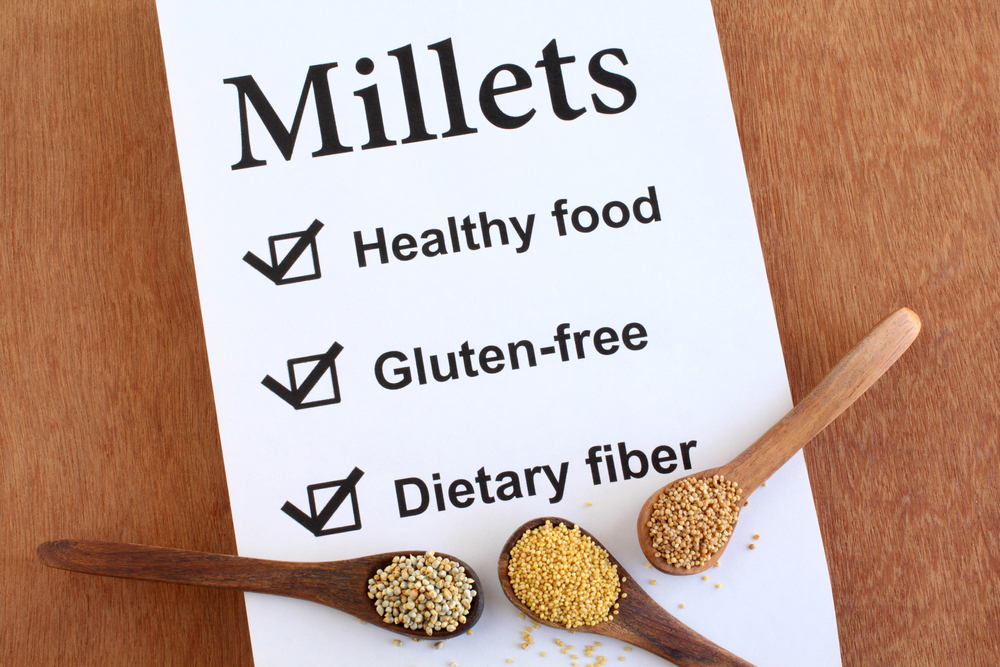
Millet flakes - do they have gluten?
Millet flakes are a naturally gluten-free product, but when choosing this product, people suffering from celiac disease and gluten intolerance should pay attention to the presence of the special signs on the label, because millet flakes may be contaminated with gluten during the production process.
Millet flakes are recommended for overweight and obese people. They can also play an important part in the slimming diet. They are a product that increases the feeling of satiety, thus extending the time of feeling fed!
Millet flakes should also include in the diet people with a digestive problem. For example for those who deal with flatulence, constipation, indigestion and people on an easily digestible diet.
Millet flakes – who shouldn’t eat them?
Cooked millet flakes are a product with a high glycemic index, so they should be given up by the people dealing with diabetes.
Millet flakes - application
Millet flakes were made for breakfast. They can be used to prepare filling granola or muesli, e.g. with dried fruit and pumpkin seeds, served with yoghurt and fruits.
Millet flakes can also be served after boiling them in hot milk (vegetable or cow one) or water complementing them with your favourite additions, just like the popular porridge. They are also a good addition to the cocktails.
Millet flakes can also be used to prepare cookies, pancakes, muffins and homemade cereal bars as well as fruit puddings. They can also be an ingredient of the meat coatings.
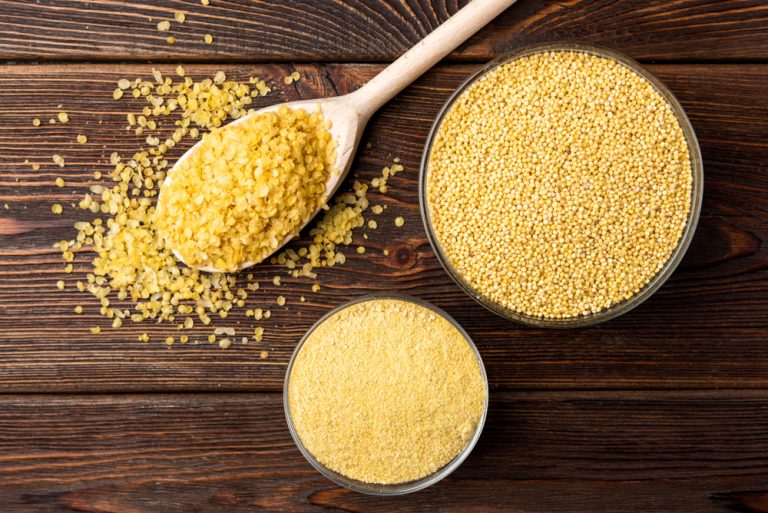
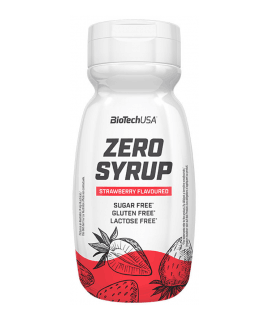
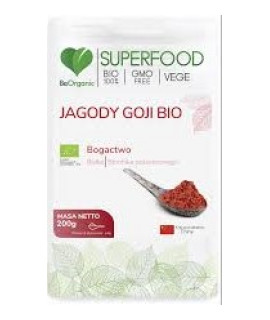
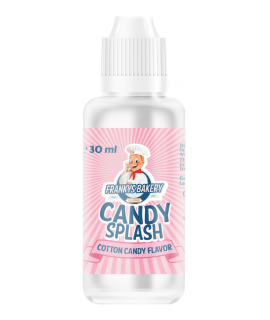

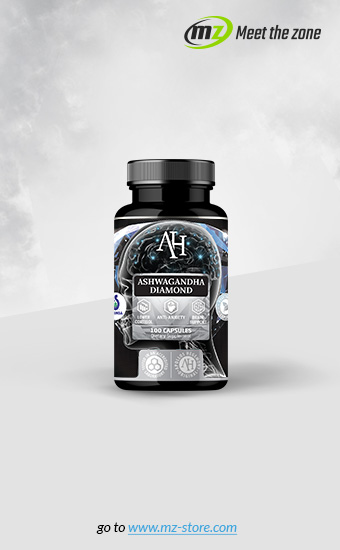
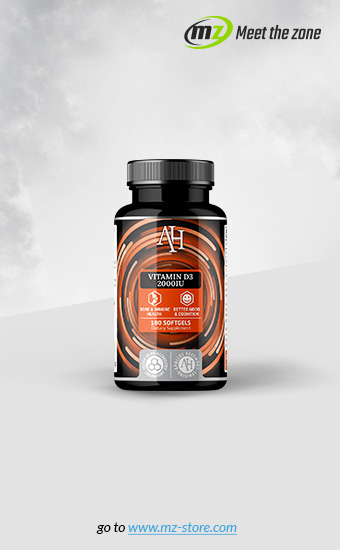
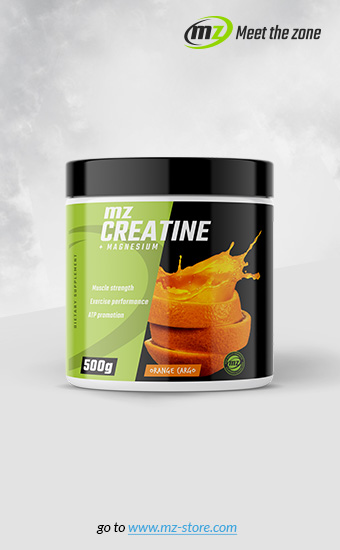
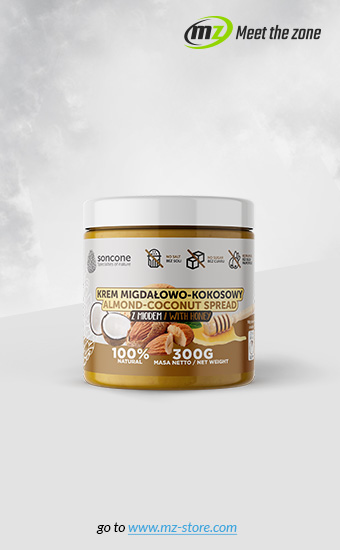

One Comment